Want to channel the charisma of Don Draper without looking like you’re in costume? The secret lies in thematic dressing — a creative way to build classic outfits that feel intentional, stylish, and totally you.
Let’s explore how to use a theme to inspire your wardrobe without falling into the trap of looking like you’re wearing a costume.
What Is Thematic Dressing?
Thematic dressing means crafting an outfit around a central idea or aesthetic inspiration. This could be broad (“Old Money”), layered (“Old Money Heir Apparent”), or specific (like Don Draper from Mad Men).
The goal isn’t to copy a person or look exactly like a character, as that would be cosplay. Instead, you take style cues and use them to inspire your choices in garments, fabrics, accessories, and colors.
It’s about atmosphere, not imitation—so the final result should feel authentic to your personal style, not like a costume.
Why Try Thematic Dressing?

Thematic dressing isn’t just fun; it can actually make your wardrobe more useful. Here’s why:
- Break out of style ruts: It helps you reframe familiar items in fresh ways.
- Use what you own: By approaching your wardrobe from a new angle, you can discover new outfit combinations.
- Boost confidence: If you admire a character or vibe, wearing an outfit inspired by it will naturally make you feel more confident and secure.
- Stay within your style: Because you’re adapting rather than copying, it pushes you to be more creative within the bounds of your own wardrobe.
How to Dress Thematically
Step 1: Pick a Theme
Your theme can be anything from a pop culture reference (like James Bond) to an aesthetic vibe (like 1960s Jet Set). The key is making sure it’s broad enough to be adaptable, but focused enough to guide your decisions.

For example:
- Too broad: “Jeremy Irons Characters”
- Too narrow: “Roger Moore in Morning Wear”
- Just right: “Roger Moore as James Bond” or “Film Noir by Humphrey Bogart”
Men’s Style Expert Reacts to “The Godfather”
Step 2: Let the Theme Guide Your Style Choices
Now that you have a theme, interpret it through fabrics, cuts, accessories, and colors. You’re not hunting down costume pieces—you’re extracting the essence and translating it through a classic lens.

For instance, if your theme is “Secret Agent,” you might go for:
- A sleek dress watch (with or without a grappling hook!)
- A minimal sport coat with clean lines
- Polished leather shoes with good grip
REMEMBER: The theme provides inspiration, not a checklist of items to wear.
James Bond Style Rules
Step 3: Assemble, Experiment, Adjust
Try your outfit combinations and make adjustments. If something looks too literal or costumey, swap it out. Thematic dressing is meant to enhance your look, not make it theatrical.
If you’re ever unsure, stick to the principles of classic style: understated silhouettes, thoughtful accessories, and a cohesive palette.
Dress Thematically with Us
Theme Selected: Don Draper (Mad Men)
Let’s explore a concrete example of thematic dressing, focusing on the character Don Draper from the TV series Mad Men.
Why Don Draper?
I chose Don Draper as my inspiration for three reasons:
- His character exudes confidence.
- Mid-century modern aesthetics are currently popular.
- The sleek, jet-set look matches my preferred style and flatters my physique.

Don Draper’s Iconic Style
Key Elements
Color Palette: Draper prefers simple earth tones and a tonal (similar shades) palette.
Textures: Even with solid-colored suits, Draper uses texture to add subtle visual interest.
Minimalist Accessories: He keeps accessories understated and minimal.
Classic Silhouette: Apart from skinny lapels, the overall cut of his suits and clothing remains timeless.
Dated Elements: His snap-brim fedora is notably dated compared to modern fashion standards.
Image credit: AMC
What Can We Learn From Draper’s Style?
- His style is simple, unassuming, and elegant—attractive for its subtle approach and quality materials.
- Each clothing item serves a functional purpose; nothing is ornamental or unnecessary.
- Draper uses broad, solid blocks of color with slight tonal variations to convey importance.
- The goal isn’t to turn heads immediately. Instead, the nuanced quality of the ensemble draws admiration upon closer inspection.
My Approach to Capturing Don Draper’s Style (Without Copying It)

In this process, we’re not looking to replicate Draper’s exact outfits. Instead, we’re taking inspiration from his style to incorporate his aura into our personal appearance, creating a sophisticated yet subtle effect.
Let’s consider my charcoal gray suit. Its grounded color is more typical of what Draper wears. Its slim-not-skinny silhouette is very similar to the Don Draper look, as such a cut was typical of the late 50s and early 60s. And most importantly, it’s cut works well for my body type, ensuring that I’ll feel just as confident as Draper while wearing it!

Next, let’s consider a shirt. When I think Don Draper, I think business attire, and really, only a white or light blue shirt will do. For simplicity’s sake, let’s opt for white, with French cuffs, a Draper staple. In them, I’m wearing some simple vintage links in silver tones, appropriate for the era. These harmonize with my watch, a vintage Benrus Series 3081 from Delray Watch.


This watch is similar to some of the dress watches Draper wore throughout the series, but understated enough to not call undue attention to itself. A simple white linen pocket square feels appropriate in a business setting, and will allow us to be a bit more colorful with our other accessories while retaining an understated appearance.
Rather than opting for a purely tonal necktie, I’ve gone with a Robert Talbot tie in a red striped pattern of burgundy, light silver, and white. This is a classic linear pattern and its colors are sufficiently muted to be unassuming while still creating visual interest. This is very much in keeping with the Don Draper look, as the stripes draw the eyes toward the face.

Accordingly, I don’t want to draw too much attention to my lower half, but I want the ensemble to stay cohesive, so I’ll select a pair of conservative black dress shoes. While oxfords would be the standard 1960s businesswear choice, remember that I’m not engaging in explicitly period dress today.
So, I’ve made a concession to comfort and worn a pair of black cap-toed derbies that are one of my most comfortable footwear options. And to ensure a harmonious transition from my trousers to my shoes, I’ve worn Dark Gray Cotton Socks with Burgundy & White Clocks from Fort Belvedere.

To really put myself in that classically masculine headspace, I’ll opt for Derby Cologne by Roberto Ugolini as my fragrance, because it is exactly how I imagine the halls of Sterling Cooper smell.
Finally, I added a stingy-brim fedora to complete the look. Although a hat like this is a little dated today, hats are a style element that I enjoy and know that I can wear confidently. With that, we now have assembled a look heavily informed by the aesthetics of Don Draper without exactly repeating a single element found in our inspiration image.
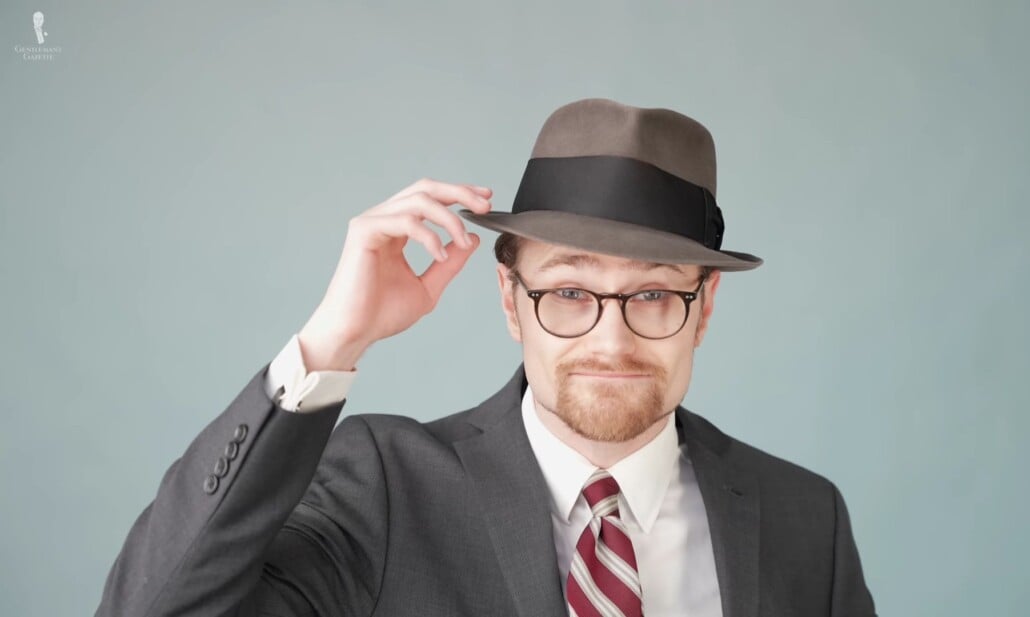
It relies on a largely neutral palette, though mine is grayscale rather than earth-toned. It privileges understated accessories that contribute to the luxurious and cohesive appearance of the whole, with just a hint of color. And finally, it keeps the focus on me, so I feel cool, collected, and confident while wearing it. Just like Don Draper!
Some Further Examples of Thematic Dressing
Looking for more theme ideas?
To provide you with further inspiration, let’s now quickly look at five more finished ensembles typical of thematic dressing.
The Corporate Raider
Make it clear that you have the power in a power suit, striped shirt, and bold tie!
But maybe tone it down just a little from how I styled my ensemble in this example, as it was intended as a humorous tie-in with our content on the sartorial accuracy of the film Wall Street.
The Secret Agent
For this theme we suggest an understated ensemble that speaks to quality and careful curation while avoiding drawing too much attention, and an overall emphasis on free movement and comfort.

You’re in complete control of the situation, and it shows!
The Country Squire

You’ll be lord of the manor when you employ this dapper theme, combining tweed elements with plush fabrics for visual interest and leather elements for durability.
The Fellini Protagonist

We’ll narrow down with a more specific theme inspired by la vita bella of mid-century Italy. Consisting of bright whites and pastels grounded by an elegant reddish brown sport coat, this ensemble leaves me feeling as cool as Marcello Mastroianni.
Board Meeting at the Ski Resort
This would seem to be the most specific theme on the list–but only because we got especially creative with the name!

In truth, this outfit of Kyle’s just represents a skillful blending of more businesslike elements, such as the sportcoat and pocket square.
With more casual, sporting ones like turtlenecks, dark denim, and boots.
Conclusion
Whether in a stylistic rut or just interested in developing new outfits with what you have thematic dressing could be your first step to discovering fun, unexpected new looks.
What themes are you considering? Let us know in the comments!
Frequently Asked Questions
What is thematic dressing?
Thematic dressing is about crafting an outfit around a theme, concept, or idea. It involves selecting accessories, materials, colors, and styling details that align with the chosen theme, creating an effect or atmosphere.
How is thematic dressing different from cosplaying?
Unlike cosplaying, thematic dressing doesn’t aim to replicate a specific person or character. Instead, it focuses on conveying an effect or atmosphere inspired by a theme, without trying to look like a real or fictional character.
How can I start incorporating thematic dressing into my wardrobe?
Begin by identifying themes that resonate with you. Look for inspiration in fashion magazines, movies, or art. Gradually incorporate elements like colors or accessories that align with your chosen theme.
Is thematic dressing suitable for everyday wear?
Yes, thematic dressing can be adapted for everyday wear. Choose subtle themes that enhance your personal style without being too bold or costume-like. It’s about adding a touch of creativity to your daily outfits.
Can thematic dressing be applied to formal events?
Absolutely! Thematic dressing can elevate your look for formal events. Choose a sophisticated theme and incorporate elegant materials and accessories to create a polished and cohesive outfit.
How do I ensure my thematic outfit doesn’t look like a costume?
Focus on subtlety and balance. Use the theme as a guide, but keep your personal style at the forefront. Avoid overly literal interpretations and instead aim for an ensemble that feels natural and stylish.
Explore More Helpful Guides

How to Pick a Restaurant for a First Date
Learn how to choose the ideal spot to make a great first impression.

How to Tie a Bow Tie
Learn the timeless technique that sets true gentlemen apart—no clip-ons allowed.

How to Be Comfortable in Dressy Clothes
Yes, you can look sharp and still feel at ease.
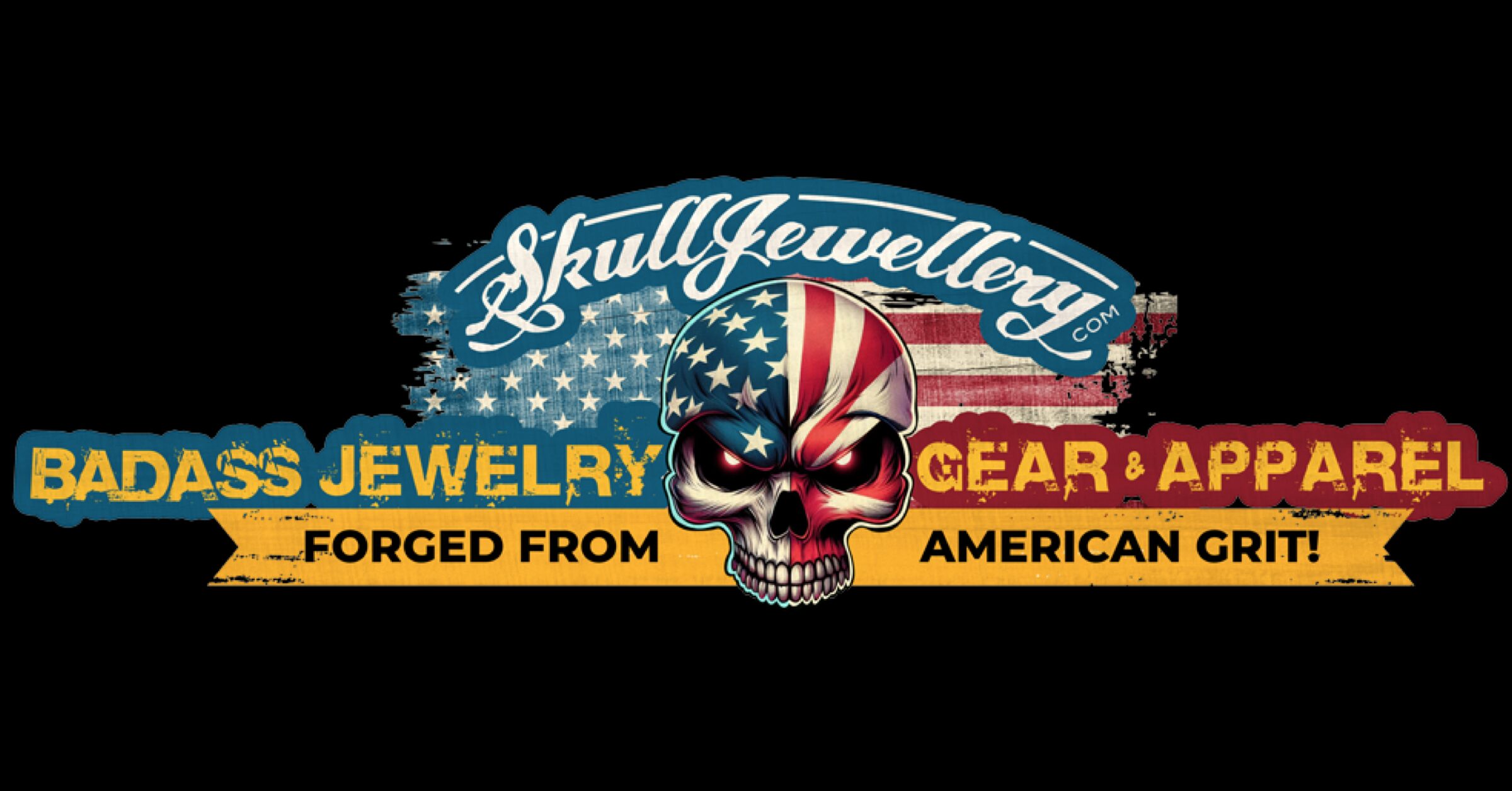
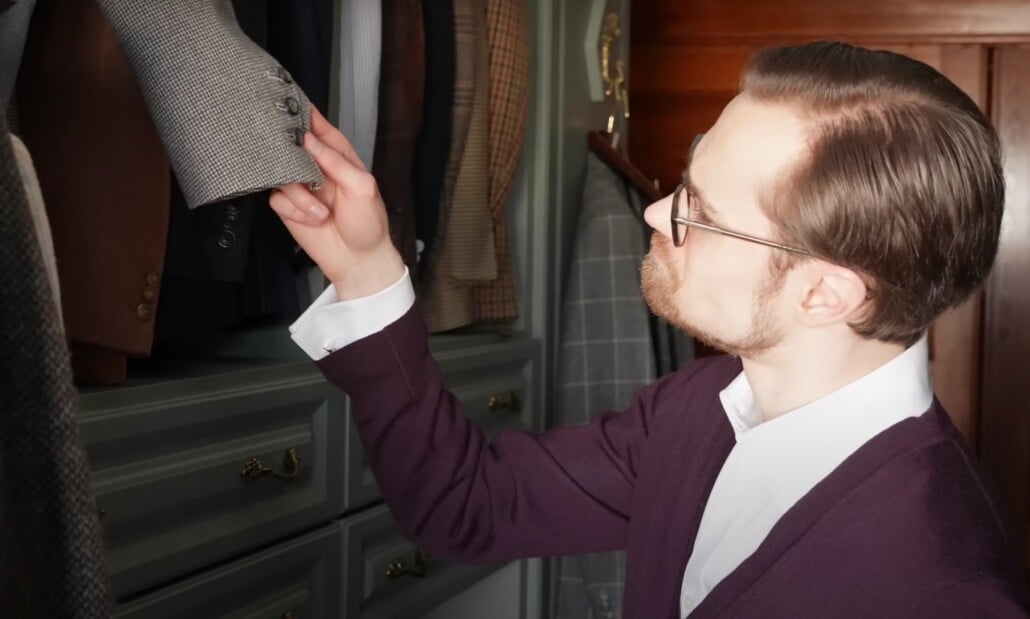

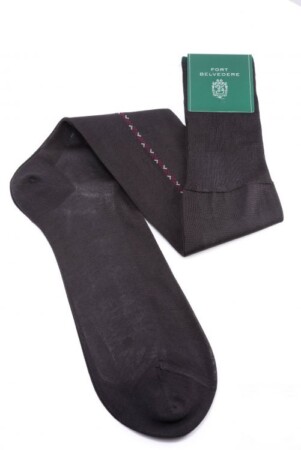
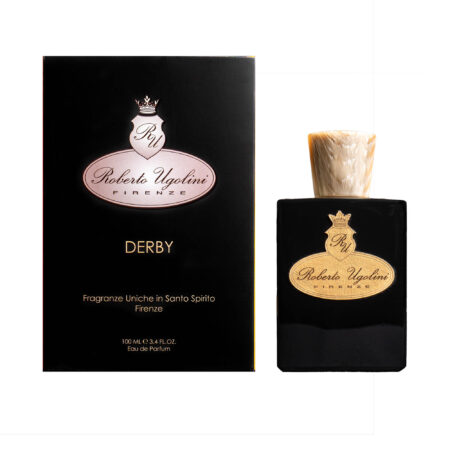


Leave a Reply